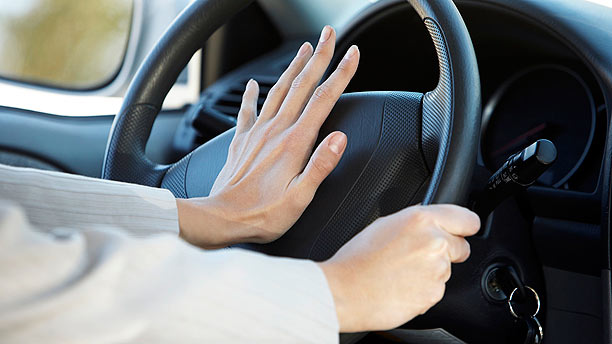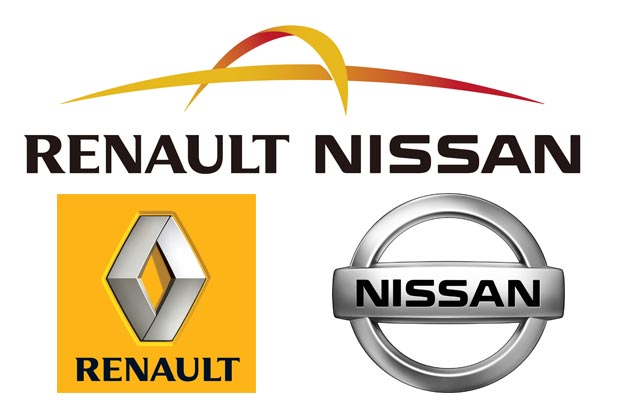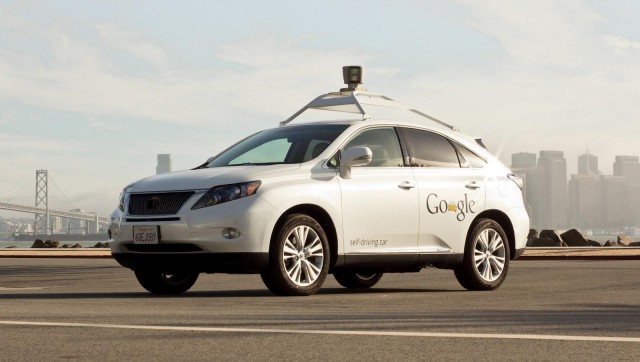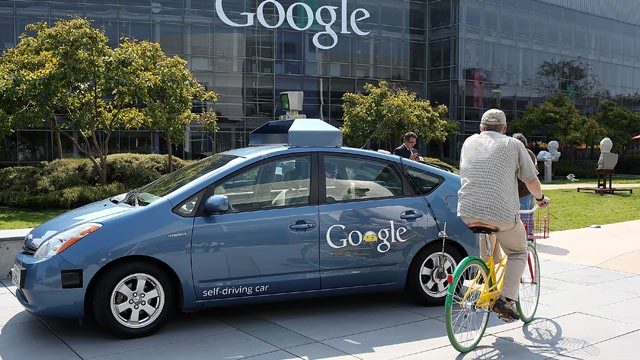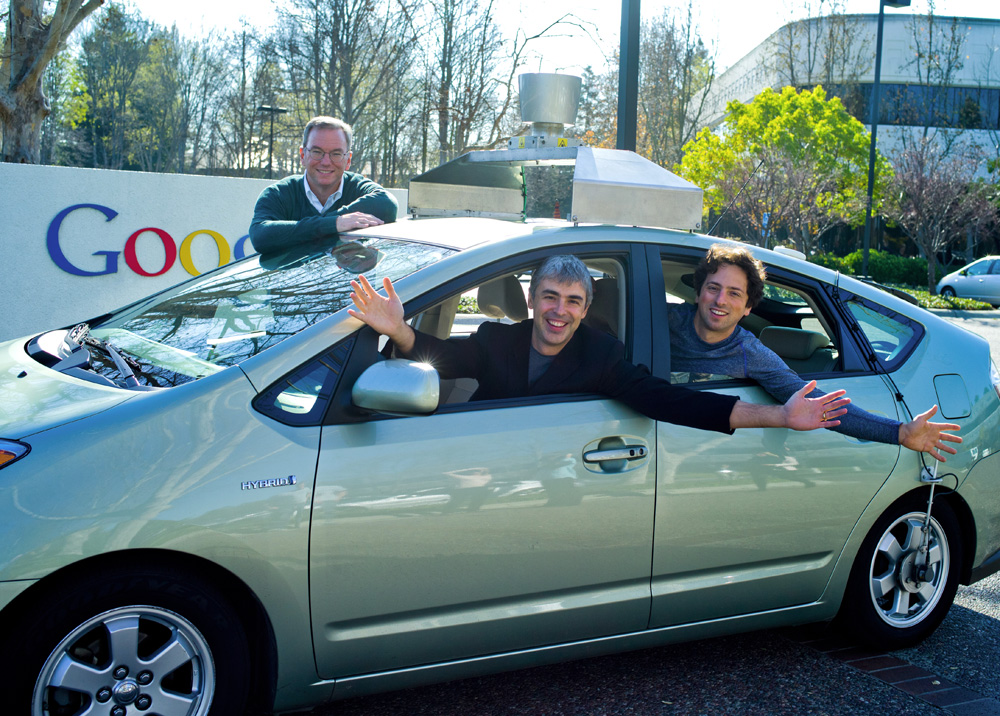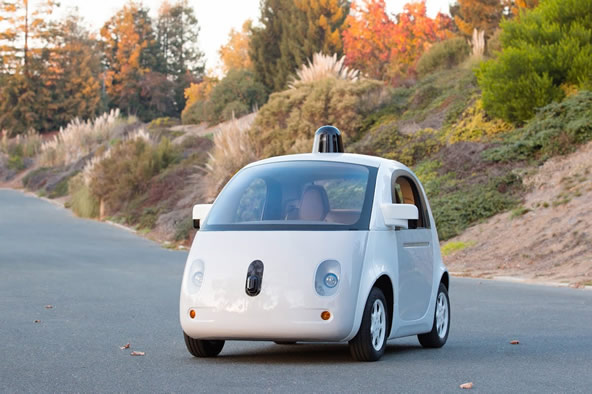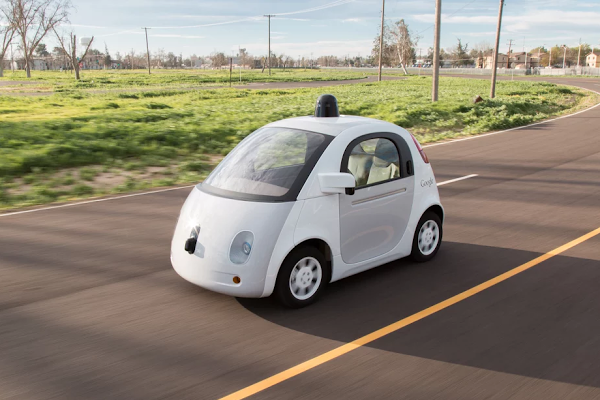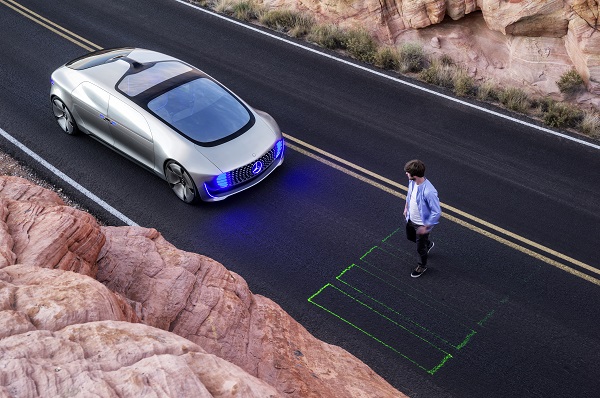
There’s a moral dilemma regarding self-driving cars that people want to know the answer to before this new technology goes into mass production.
What does the autonomous vehicle choose when it has to decide whether to save the life of the passengers inside or the lives of the pedestrians it is about to crash into? It’s a scary thought, but according to a new survey, people want to know the answer.
Surprisingly, the majority of respondents said they do want the car to be equipped with a mechanism to reduce the number of casualties that result from a collision. If this technology is implemented, it would mean that the car will have to decide whether its passengers live or die.
The mechanism would be able to choose between crashing into a group of pedestrians – potentially killing at least some of them – and swerving off the road and crashing into a tree – potentially killing at least some of the passengers inside.
Evidently, people are scared at the thought of riding in such cars. According to study co-author Iyad Rahwan, a researcher at the Massachusetts Institute of Technology Media Lab, self-driving technology could avoid almost 90 percent of car collisions.
The remaining 10 percent are caused by things we have little or no control over, such as bad weather conditions, random freak accidents that cannot be computed, or mechanical failures.
And this minority of accidents is where the tradeoffs get involved. Part of a serious moral debate, these scenarios have got developers thinking of possible solutions and rules for their autonomous technology.
What is the self-driving car supposed to do when a collision is unavoidable? Whether it’s the pedestrians’ or the passengers’ lives that will be saved, respondents of the survey agreed that riding in cars with a moral compass sounds dangerous.
A vast majority of them want to live in a world where cars can minimize the number of casualties, but at the same time, everyone wants their car to protect their lives, if it comes to that.
This dilemma just goes to show how paradoxical people are in nature; humans don’t really know what they want until they put themselves in the situation they’re considering.
Image Source: Today
